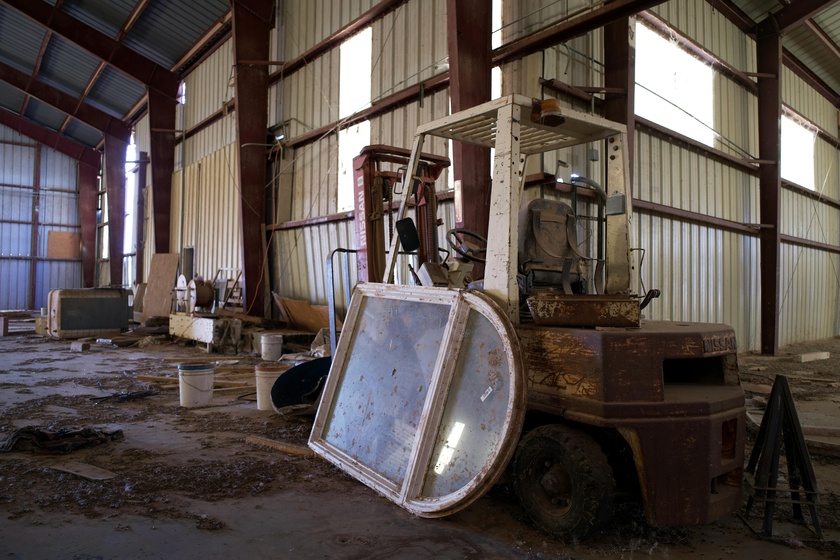Nursing homes face a significant hydration problem. Between 50% and 90% of nursing home patients are at risk for dehydration. This issue arises because many elderly individuals cannot achieve adequate hydration by drinking water alone, leading to comorbidities and an increased risk of early death.
The hydration gap often affects patients with weight loss, malnutrition risks, wounds, and infections. It is crucial to understand that water intake is not the same as hydration. While water intake involves getting water into the body, hydration means getting water into the cells. Proper hydration requires electrolytes, including essential vitamins and minerals, which many patients cannot obtain through diet and water alone. These patients frequently need acute care, sometimes resulting in hospital stays. Patients admitted to hospitals from nursing homes are ten times more likely to be dehydrated than those coming from their own homes. Even a 5% reduction in water intake can initiate the dehydration cascade.
The dehydration cascade involves an intracellular fluid shift, where the body moves water from vital organs into the bloodstream to balance extracellular fluid levels. This fluid shift impacts the brain, leading to worsened mood, heightened fatigue, and reduced cognitive ability. Consequently, severely dehydrated patients often withdraw and participate less in personal care. This results in poorer outcomes and an increased need for reactive interventions. Dehydration might seem like a simple problem, but it is challenging to solve. Approximately 51% of nursing home residents can be considered dehydrated, with 89% potentially severely dehydrated based on plasma osmolality.
The effects of dehydration in nursing homes are severe. Dehydration increases the risks of falls, prolongs surgical recovery, and contributes to longer hospital stays and higher mortality rates. Dehydration often starts with lab values, not prevention. Medications such as anti-diabetics, anti-convulsants, and anti-depressants exacerbate dehydration by depleting fluids. While lab values can confirm dehydration, they cannot prevent it. Certain blood conditions, such as elevated hemoglobin, low potassium, and elevated sodium, worsen dehydration's effects.
Many patients are unaware they are dehydrated due to cognitive decline, inability to communicate needs, and the natural decline in thirst signals with age. Additionally, aging reduces the kidneys' ability to concentrate urine, necessitating larger water intake for effective hydration. Even with adequate water intake, imbalanced electrolytes and micronutrients can prevent effective hydration.
Dript IV Therapy offers a science-backed solution developed by veteran clinicians to close the hydration gap. Their micronutrient supplementation provides essential nutrients to improve hydration and therapeutic outcomes. Delivered intravenously, these treatments rebalance intracellular fluid, reset the baseline for sustained oral hydration, and reduce health risks while improving cognitive function. These clinically proven infusions support comprehensive care plans and focus on nutrition rather than medication.
Addressing the hydration gap requires a comprehensive approach. By implementing innovative treatments like those offered by Dript IV Therapy, nursing homes can improve patient outcomes and quality of life, ensuring residents stay healthy and hydrated.




















